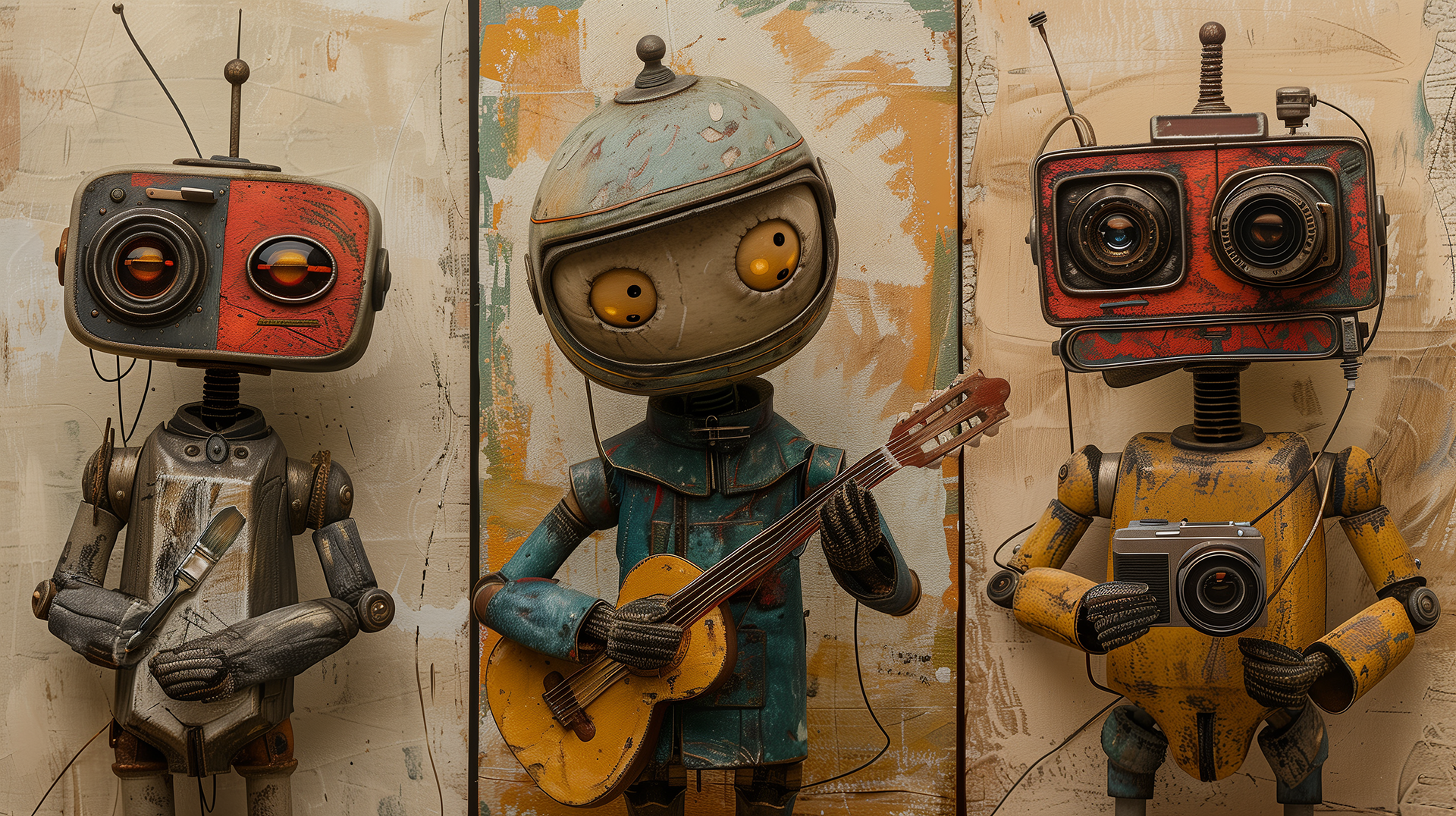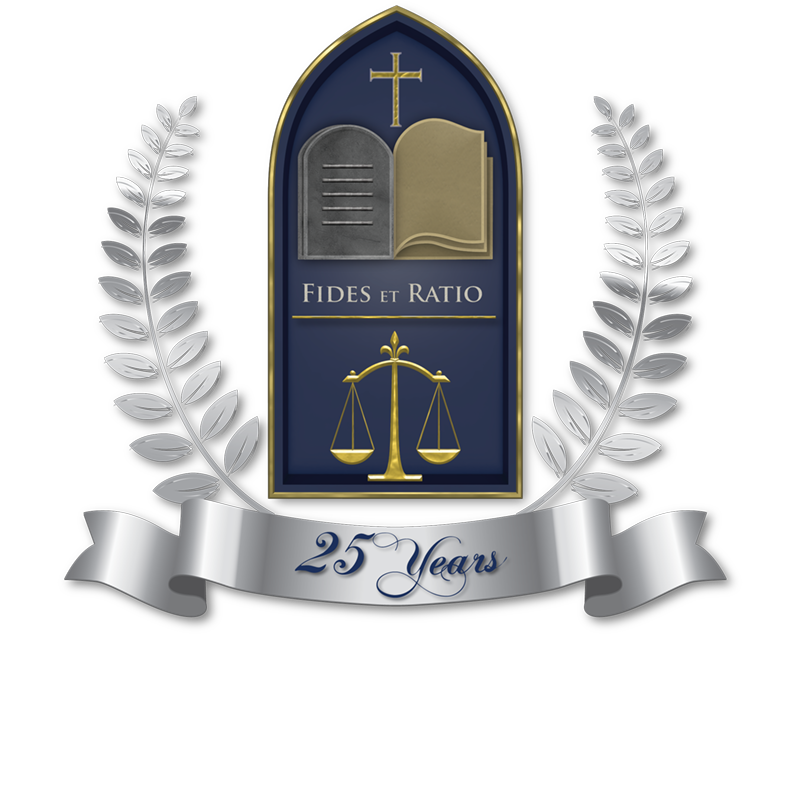Brushstrokes of Code:
Attack of the Robo-Artists and
The Fair Use Doctrine Defense

By Kendall Coughlin
In the spirit of Nietzsche, artists in the modern technological era would have the masses believe that “art is dead.” If this is so, the robots have committed the murder. But to what extent of the blame should fall on their masters? The rise of artificial intelligence and its commoditization has resulted in a broad landscape of generative art programs, such as “Midjourney” and “Generative Fill.”1 Like all artificial intelligence platforms, these generative artificial intelligence (“GAI”) programs are created by inputting billions of image pixels in the form of metadata from which the program “learns,” and then synthesizes this data to create a piece of art in response to a human text prompt.2 This poses a formidable legal problem for both creators and users of the programs, as the programs learn by being “fed” unauthorized copyrighted works.3 The creators of these platforms and the people who use them to create artwork argue that they are simply transforming the original work, and therefore, the art qualifies as fair use under U.S. Copyright Laws. Although this defense has been put into question by the United States Supreme Court’s decision in Andy Warhol Foundation for the Visual Arts, Inc. v. Goldsmith, which considered the reach of “fair use,” it is still the best defense they have.4
The concept of “fair use” under copyright law allows for “certain uses of copyright material for valuable social purposes, particularly when such uses “transform” the original source material . . .”5 The factors considered to determine if a work falls within the meaning of “fair use” include: “(1) the purpose and character of the use, including whether such use is of a commercial nature or is for nonprofit educational purposes; (2) the nature of the copyrighted work; (3) the amount and substantiality of the portion used in relation to the copyrighted work as a whole; and (4) the effect of the use upon the potential market for value of the copyrighted work.”6 Though there is currently “no settled case law or legislation that outlines the scope of the fair use defense precisely as applied to GAI’s,”7 the defense for GAI companies and artists rests on the teetering edge of the first prong is this analysis, balancing the use of the derivative work with the commerciality of such use to determine if it is sufficiently “transformative” to be considered fair use.8
Regarding a work’s “use,” in 2015, the U.S. Court of Appeals for the Second Circuit found that Google’s “Library Project,” which trained the program by inputting tens of millions of scans of copyrighted books, constituted fair use because Google’s use of the books was to create an index from which the user was able to research language trends over time while viewing only a “snippet” of the books, from which society would benefit.9 Similarly, even though inputting the copyrighted art into a GAI platform does not change the artwork itself, “it changes the purpose for which the work is used”10 and, more importantly, the training process creates a “useful generative AI system” that creates value for society.11 Furthermore, the art product resulting from the millions of data points of countless works and artists would not only be sufficiently distinct from the original to constitute fair use, but it would be to prove exactly what works the program used in creating that artwork for copyright infringement purposes.12
However, this defense may not be the shield GAI companies once believed it to be. In May of 2023, the Supreme Court found for a photographer whose photo of the late singer-songwriter Prince was used by Andy Warhol to impose his famous “pop art” style of colorful silkscreens.13 The photographer argued that because the Warhol Foundation sold copies to collectors and sent some to galleries without compensating her, they infringed on her licensed work.14 The Court found this argument very persuasive, as the opinion “emphasized the need for judges to closely examine whether the unauthorized copying was done for a commercial purpose when evaluating fair use.” This emphasis on the “commerciality” portion of the fair use analysis will prove tricky for GAI companies, as their business models are built upon revenue generated by selling access to their technology.
However, due to the fact intensive nature of the fair use analysis, there is still hope. To protect themselves from litigation, Generative Fill are “heavily restricting the data going into their models,” incorporating only images in the public domain, while others are seeking licenses for the work input into their program’s training sets. This may solve the commerciality problem, but how accurate or effective can these AI tools be if their data sets from which they learn are so limited?
No matter the court of public opinions views of AI, it is the way of the future. If one of the main purposes of allowing GAI programs to fall under fair use, as indicated by the court in Google, is to promote a value to society, then perhaps the law should favor allowing them to have broad access to data sets that include copyrighted works, even those that use licensed pieces of art. This access will make the learning algorithms that power all artificial intelligence systems that society is beginning to embrace “better, safer, and fairer.” Such technological advancements, when used the right way, will paint a pretty picture for the future.
References:
1 Luke Huigsloot, What is Fair Use? US Supreme Court Weighs in on AI’s Copyright Dilemma, COINTELEGRAPH (May 30, 2023), https://cointelegraph.com/news/what-is-fair-use-us-supreme-court-weighs-in-on-ai-s-copyright-dilemma.
2 Id.
3 Id.
4 Andy Warhol Found. for the Visual Arts, Inc. v. Goldsmith, 143 S. Ct. 1258 (2023).
5 Mark A. Lemley & Bryan Casey, Fair Learning, 99 TEX. L. REV. 743, 760 (2021).
6 17 U.S.C.S. § 107.
7 Ariel Soiffer & Aric Jain, Copyright Fair Use Regulatory Approaches in AI Context, TECH POLICY PRESS (Aug. 8, 2023), https://techpolicy.press/copyright-fair-use-regulatory-approaches-in-ai-content-generation/#:~:text=Supporters%20of%20maximalist%20fair%20use,AI%20generation%20process%20non%2Dinfringing.
8 Lemley & Casey, supra note 5.
9 See Authors Guild v. Google, Inc. 804 F.3d 202 (2nd Cir. 2015).
10 Lemley & Casey, supra note 5 at 748.
11 CHRISTOPHER T. ZIRPOLI, CONG. RSCH. SERV., LSB10922, GENERATIVE ARTIFICIAL INTELLIGENCE AND COPYRIGHT LAW 4 (2023).
12 Lemley & Casey, supra note 10.
13 See supra note 4.
14 Id.
15 Isaiah Portiz, Generative AI Debate Braces for Post-Warhol Fair Use Impact, BLOOMBERG LAW (May 30, 2023), https://news.bloomberglaw.com/ip-law/generative-ai-debate-braces-for-post-warhol-fair-use-impact-1.
16 See Huigsloot, supra note 1.
17 Id.
18 Id.
19 Lemley & Casey, supra note 10.




